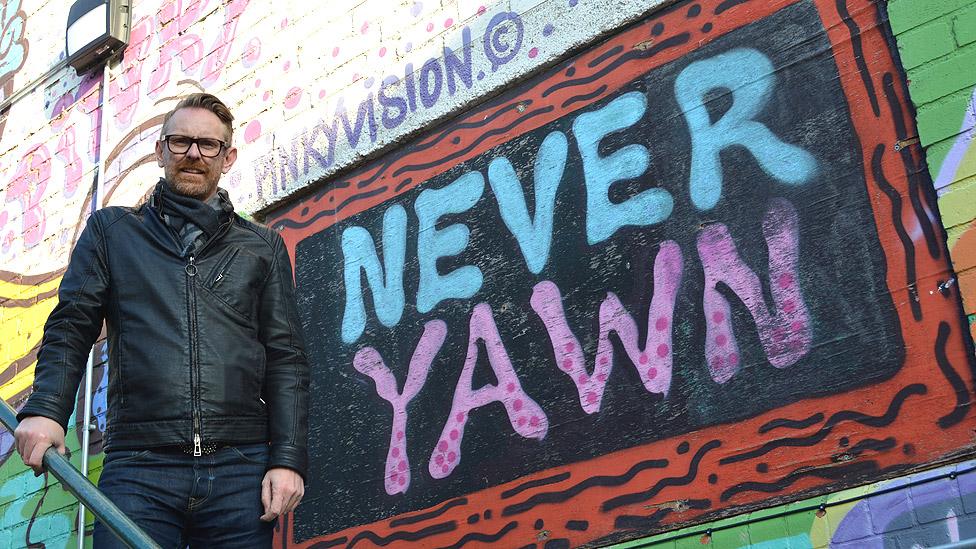Hull Blade: Researchers reveal why sculpture looked fake
- Published
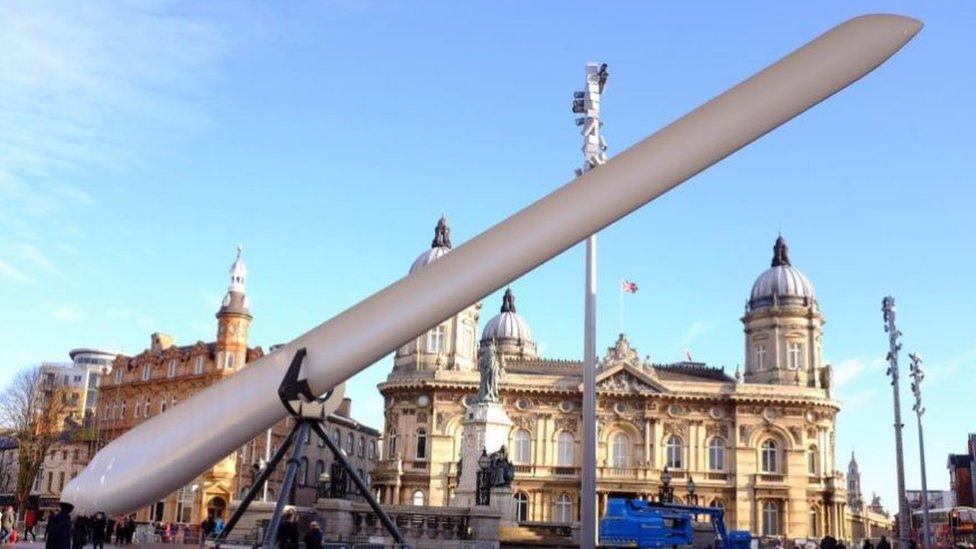
People accused photos of The Blade of being "fake" when the structure was installed in January
Scientists have revealed why photos of a turbine blade art installation in Hull looked like "clumsy fakes", even though they were genuine pictures.
The 250ft-long Blade was installed in Queen Victoria Square in January to mark the start of Hull's year as UK City of Culture 2017.
It was removed in March.
University of Lincoln vision scientists said a "trick of the light" made photos of the Blade look like it had been superimposed.
Researchers said light reflections made some people think the 25-tonne installation, designed by artist Nayan Kulkarni, was unreal.
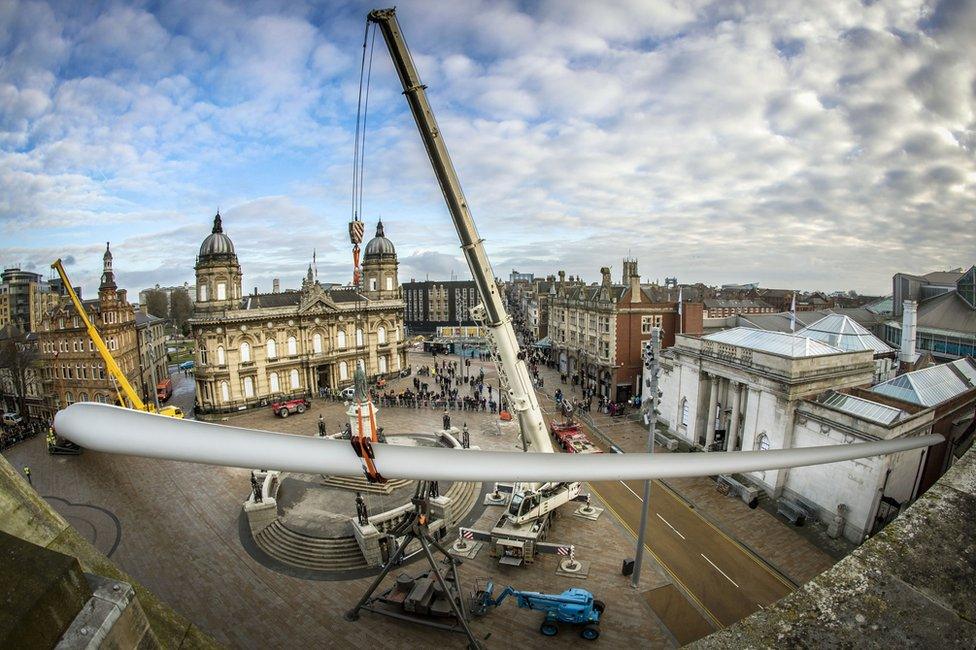
The 250ft (75m) Blade was installed in Queen Victoria Square in January and in March was returned to the Siemens factory at Alexandra Dock
Psychology professor George Mather said reflection of light on the blade played on people's "preconceived notions" of how objects are lit in natural settings.
He said: "Daylight hitting the object from above produced shading, which created the illusion that the blade was cylindrical and was being lit from the side rather than above," he said.
"This subtly reinforced the visual impression that the blade was out of place and that the image of the blade and its backdrop must therefore be a composite of two different scenes."
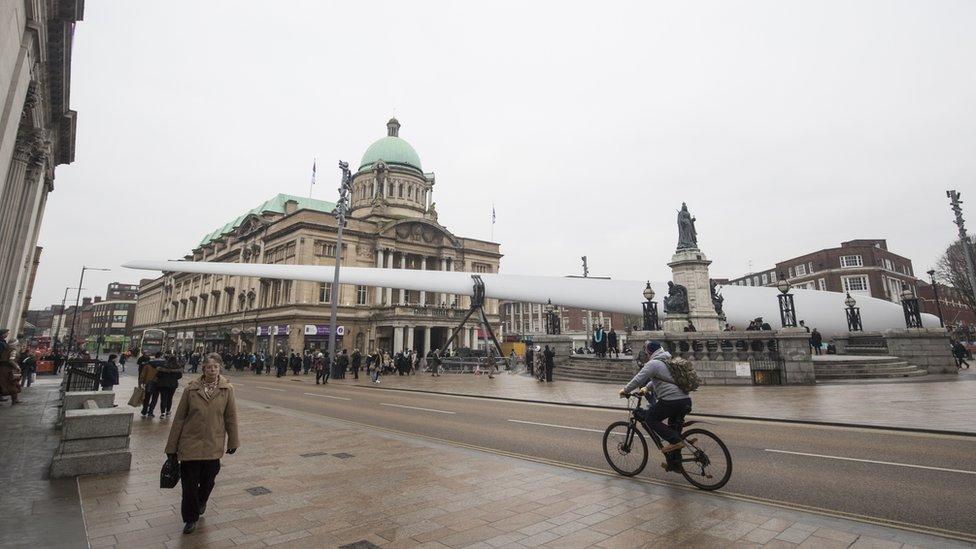
The Blade was one of the first B75 rotor blades manufactured at Siemens n Hull
Professor Mather said: "At first sight the photographs seemed to be clumsy fakes.
"Something else seemed to be at work too, at least to my eyes as a vision scientist.
To test whether the illusion was caused by light and shade, researchers created a virtual c-shaped image and an s-shape one, the research, published in scientific journal i-Perception, found.
Both appeared cylindrical when lit from above and in front.
Professor Mather said: "The blade appeared to be a cylindrical object, strangely out of keeping with the local environment, lit differently, as though it was superimposed on the scene digitally, but it really was there."
City of Culture rotor blade artwork dismantled in Hull
- Published19 January 2017

- Published8 January 2017
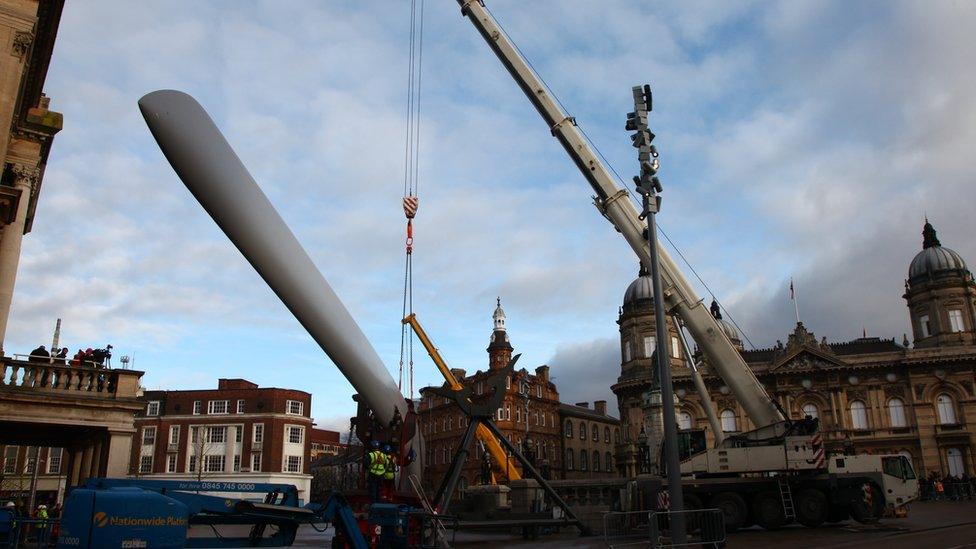
- Published5 January 2017
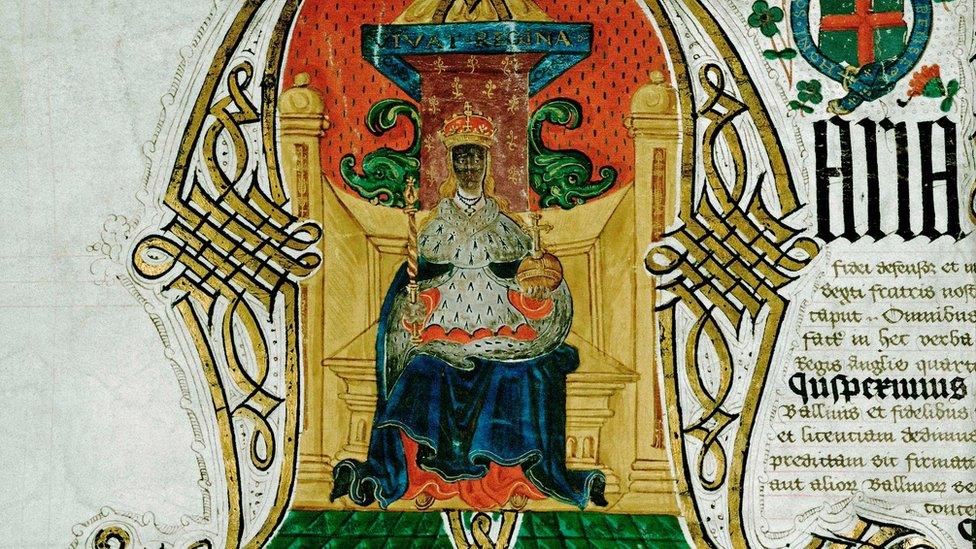
- Published21 December 2016
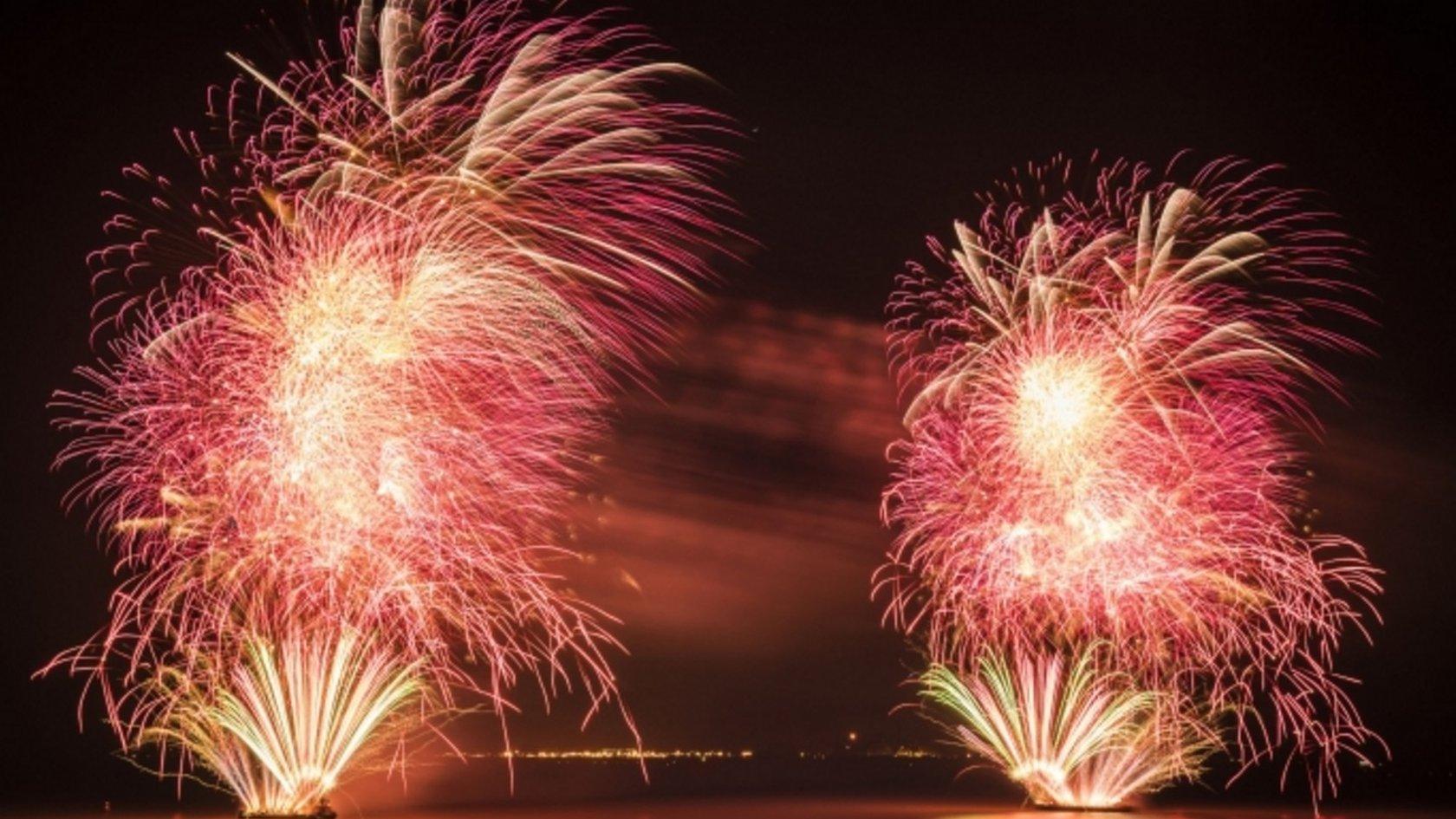
- Published2 January 2017
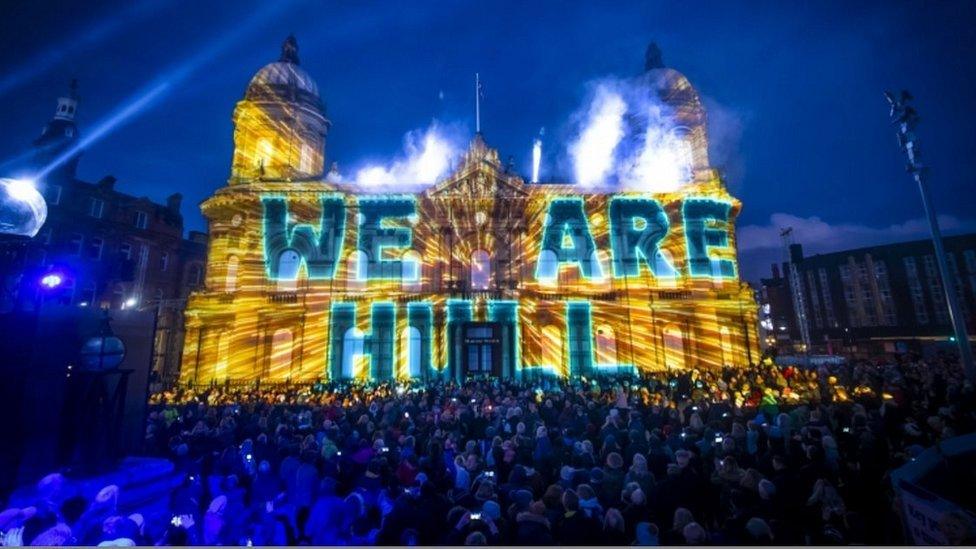
- Published1 January 2017

- Published30 December 2016
